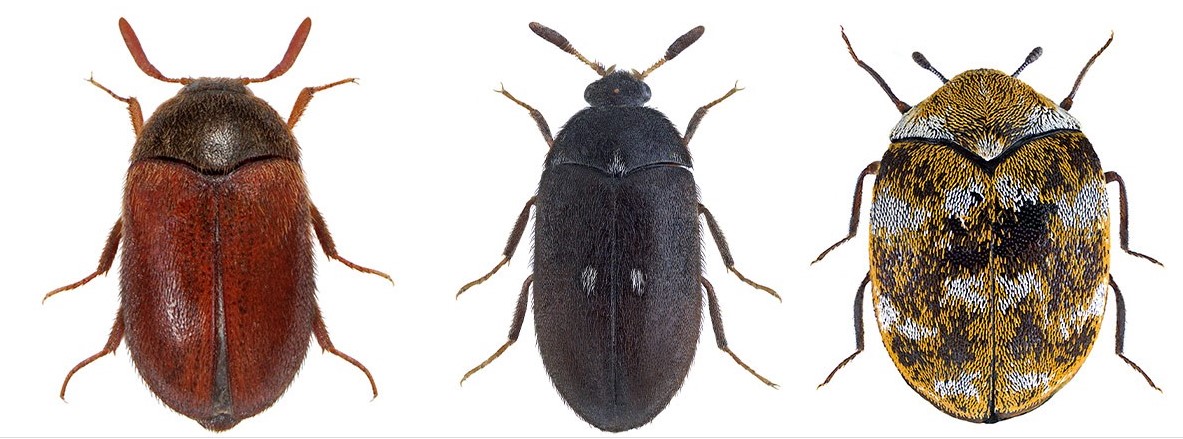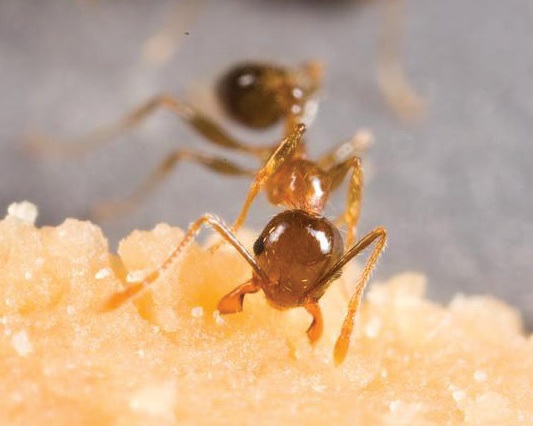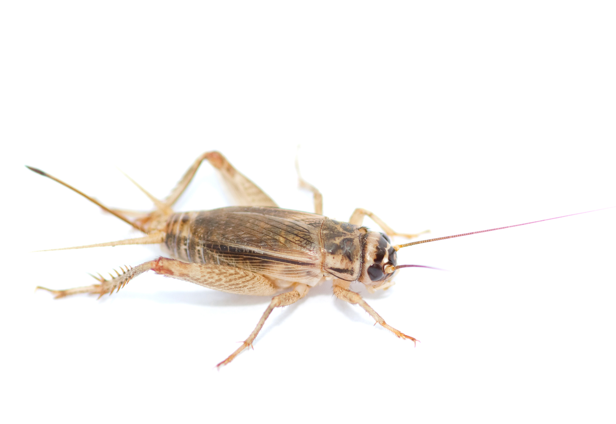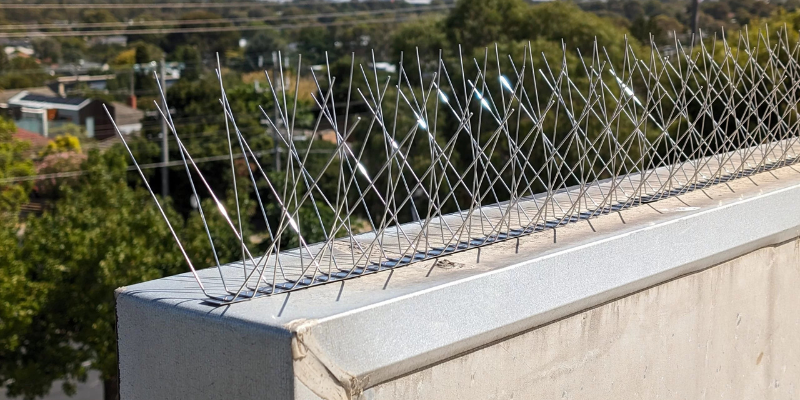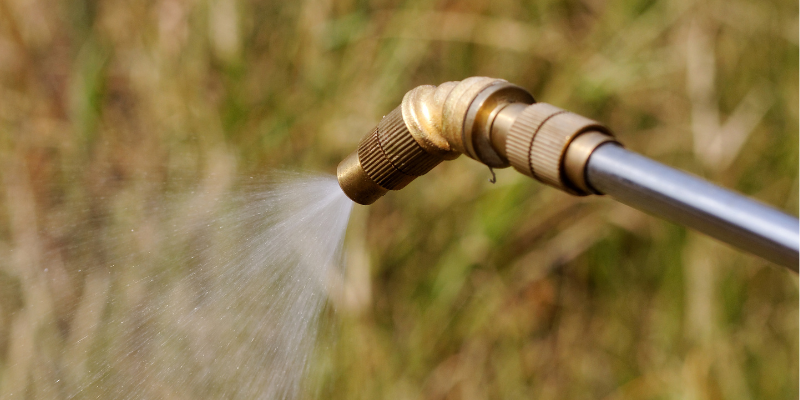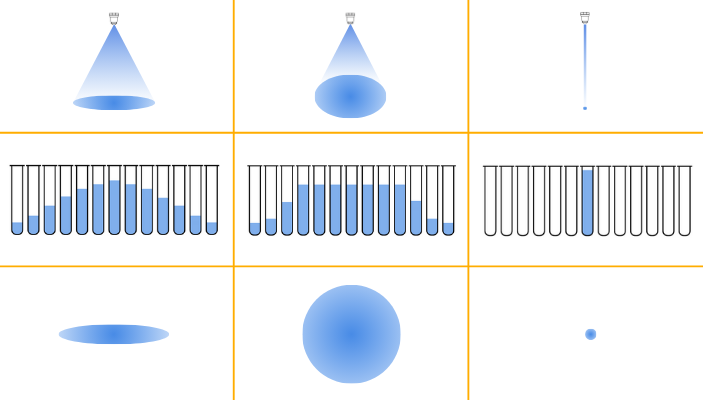Tropical Fire Ant
Tropical Fire Ant
Scientific Name: Solenopsis germinata
How to identify tropical fire ants
Adults have a shiny brown-orange body and are around 2–5 mm in length. Workers come in a variety of sizes, from tiny minors to larger majors with a big square head. They can be confused with red imported fire ants which have a coppery brown head and body and darker abdomen.
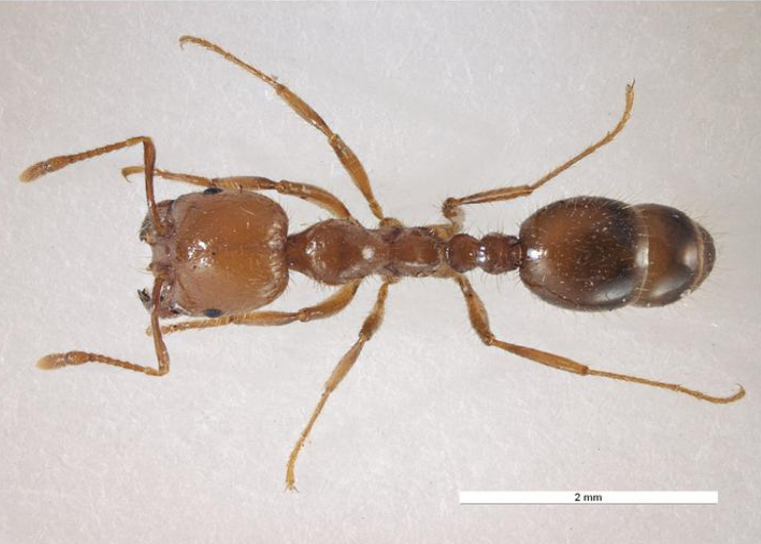
Where are tropical fire ants commonly found?
Tropical fire ants like to nest in soil that has been disturbed, mostly in sunny places. Their nest looks like a mound of soil, with several entrance holes with dirt spread widely around.
Why are tropical fire ants considered a pest?
Despite being small, Tropical fire ants are highly aggressive and attack any intruder that disturbs its nest. They can inflict painful stings, which can result in red itchy bumps that can last for days, and in some cases can lead to an allergic reaction. Tropical fire ants can form super colonies, displacing native ants, insects and animals and have the potential to destroy crops. Tropical fire ants prefer food with high protein content and can kill hatchling turtles, eat the eggs of birds, reptiles and amphibians and injure nestling seabirds. They are also attracted to many human foods rich in carbohydrates and fats.
What is the biology and lifecycle of tropical fire ants?
Mature nests have up to 100 000 ants and multiple queens. They usually forage within 15 m of the nest but foraging can occur up to 50 m from the nest. This species is also known to utilise underground tunnels that can extend for more than 20 m from the main nesting chamber. A new queen can fly up to 2 km from the original nest. These flights occur during warmer months (September to May).
Management Tips for Tropical Fire Ant
Effective control depends upon a number of factors:
-
The particular species involved,
-
The location of the nest site(s) and,
-
The degree of concern they are causing the occupants.
It may be easy to control a colony with a single queen (Camponotus spp), or difficult in the case of species with multiple queens and multiple “homes” and which do not display aggression to workers from other nests (Argentine ants, Odorous house ants and Pharaoh’s ants). That is why correct identification is essential before you begin your campaign.
Ant granules were perfect for the control of some ant species to exterior areas. Most insecticide manufacturers suggest that a two-pronged approach with both baits and liquid sprays be used in order to obtain best results. These manufacturers all supply bulletins with complete instructions on how to use their products. The product labels and these bulletins should all be studied before using any of the materials.
The basic rules for the use of baits are:
-
The basic premise is that bait should hopefully be consumed within 1 to 2 days when their palatability and moisture content are highest. The ants should die within 3 to 4 days.
-
Correct identification – by knowing the species, you can choose the right bait for the job and can also help you find their feeding, trailing and nesting sites.
-
Find the trails – you must place the bait where the ants are otherwise you are wasting time and bait. If the ants aren’t active at the time, you can pre-bait first with non-toxic foodstuffs. This will help you determine where the ants are feeding and what type of food they prefer.
-
Choose the correct bait formulation, they may prefer sweet foods or protein based materials. Sometimes the same species will change food preferences depending upon seasons or other conditions. Therefore, you need to have a range of baits in your kit bag. If you just put a small blob of each bait in the ant trails, you will very soon find which they prefer.
Some key rules to observe are:
-
Place the bait as close as possible to ant trails which are usually near feeding or nesting sites.
-
Place adequate amounts of bait out to ensure that they will continue to feed until your next visit. By placing the bait in purpose designed “ant cafes,” you will extend the life of the bait.
-
Avoid food competition by asking the client to remove available foodstuffs and liquids.
-
Avoid placing gel baits near sources of heat as the gel matrix may become liquefied and moisture loss may increase. Also, avoid placing them on dry or porous surfaces which may increase water loss and make them less palatable to ants.
-
Some baits lose their potency after only a few days exposure to sunlight. Make sure that you know which they are and replace them as required.
-
Some granulated baits lose their potency around three months after the container has been opened. Make sure that you write on the container the date on which it was opened.
-
A common piece of advice is that you mustn’t place baits on surfaces that have or will be treated with liquid or powder insecticides. Studies carried out by some researchers have indicated that this is not the case and the baits are still palatable. Some pest managers have stated, “Why waste money by applying two formulations?” and that is probably a good rule to live by. You may be able to control the ant problem without the use of insecticidal sprays and dusts but, all manufacturers recommend that bait applications are supplemented by the use of such formulations when treating free standing buildings. These insecticidal barriers will serve to prevent future ant activity to the interior.
The basic rules for the use of residual insecticide sprays are:
-
Non-repellent formulations are considered superior to repellent formulations e.g. synthetic pyrethroids, as the ants will track through the non-repellent insecticide unknowingly. Examples of non-repellent actives and formulations are Bendiocarb (Ficam), Fipronil (Termidor), Indoxacarb (Arilon), Chlorfenapyr (Phantom).
-
The sprays should be applied as a barrier to the base of foundation walls, fence lines and garden beds.
-
Re-application of the sprays may be necessary after rain.
-
Insecticidal dusts should be applied to roof voids where practical.



